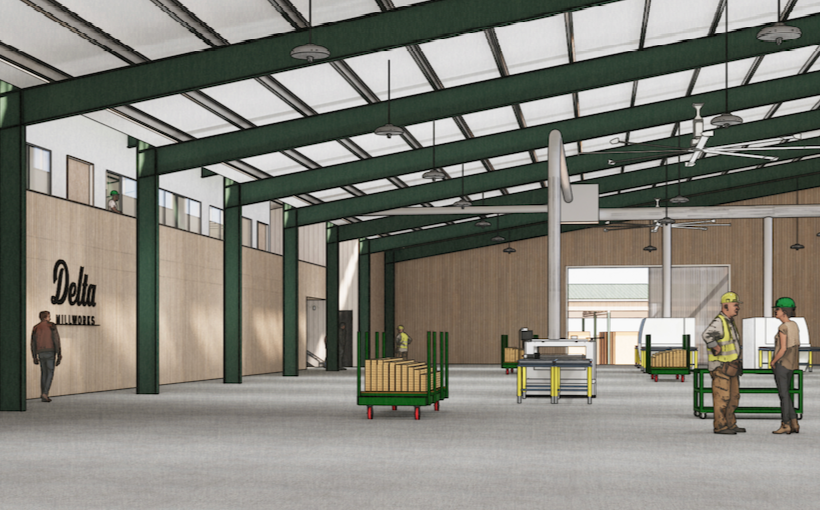Life sciences real estate encompasses laboratory, manufacturing, and office spaces for companies involved in the research and development of scientific products and services. This sector has seen a surge in demand over recent years, making it a highly sought-after asset class.
According to reports from CBRE and JLL, the life sciences industry is facing both challenges and opportunities in the upcoming year. However, despite these headwinds, strong fundamentals are expected to support this sector as well as its real estate market. Here are some trends that experts at these firms are closely monitoring:
Disruptive Innovations
JLL and CBRE analysts note that advancements in technology such as 3D printing, closed-loop continuous systems,and artificial intelligence have caused disruptions within the life sciences industry. These innovations have not only led to breakthroughs in biotechnology but also spurred developments towards sustainable materials.
As a result of these changes,the fundamentals of this sector will serve as a stabilizing forceinthe short term while driving long-term growth potential.
Economic Factors
Similar to other real estate sectors,the life sciences industry is also affected by high-interest rates,a slowing economy,and geopolitical conflicts.This has impacted sales transactions within this property type.However,on a positive note,the underlying fundamentals remain solid.CBRE predicts that once current issues are resolved,this sector will see good prospects for recovery.However,in light of current economic uncertainties,it’s important for investors to prioritize capital preservationand adopt conservative investment strategies.
JLL adds that new modalities like GLP-1 agonists,radiopharma,and antibody-drug conjugates (ADCs)will help boost growth.These treatments show promising clinical efficacyand blockbuster potential,making them attractive investmentsfor companies operating withinthis space.Additionally,lifesciences firmsare increasingly focused on sustainability initiatives,reducing costs,and shifting away from traditional energy sources.JLL notes how aligning with corporate responsibility goals can leadto cost savingswhile promoting environmentally friendly operations and facilities management.
Supply and Demand
JLL’s report highlights the shift from a macro focus to a hyperlocal one within the life sciences industry.This change has led to investment,construction,and employment decisions being made based on localized analysis.Additionally,JLL notes that this is an occupier’s market,meaning it will be easier for companies to find suitable spaces for their operations.
CBRE adds that due to increased construction,the net absorption of lab/R&D space was negative in 2023.The top three life sciences markets (Boston-Cambridge,San Francisco Bay Area,and San Diego) saw higher levels of venture capital funding between 2019-2021.CBRE suggests that this may have ledto more risk-taking,misallocation of capital,and overzealous expansion plans in these markets,resulting in high levels of construction activity.However,CBRE predicts that by 2025,this trend will reverse as construction slows downand leasing stabilizes.In response,to attract tenants,landlords are offering better lease termsand highly amenitized spaces.




